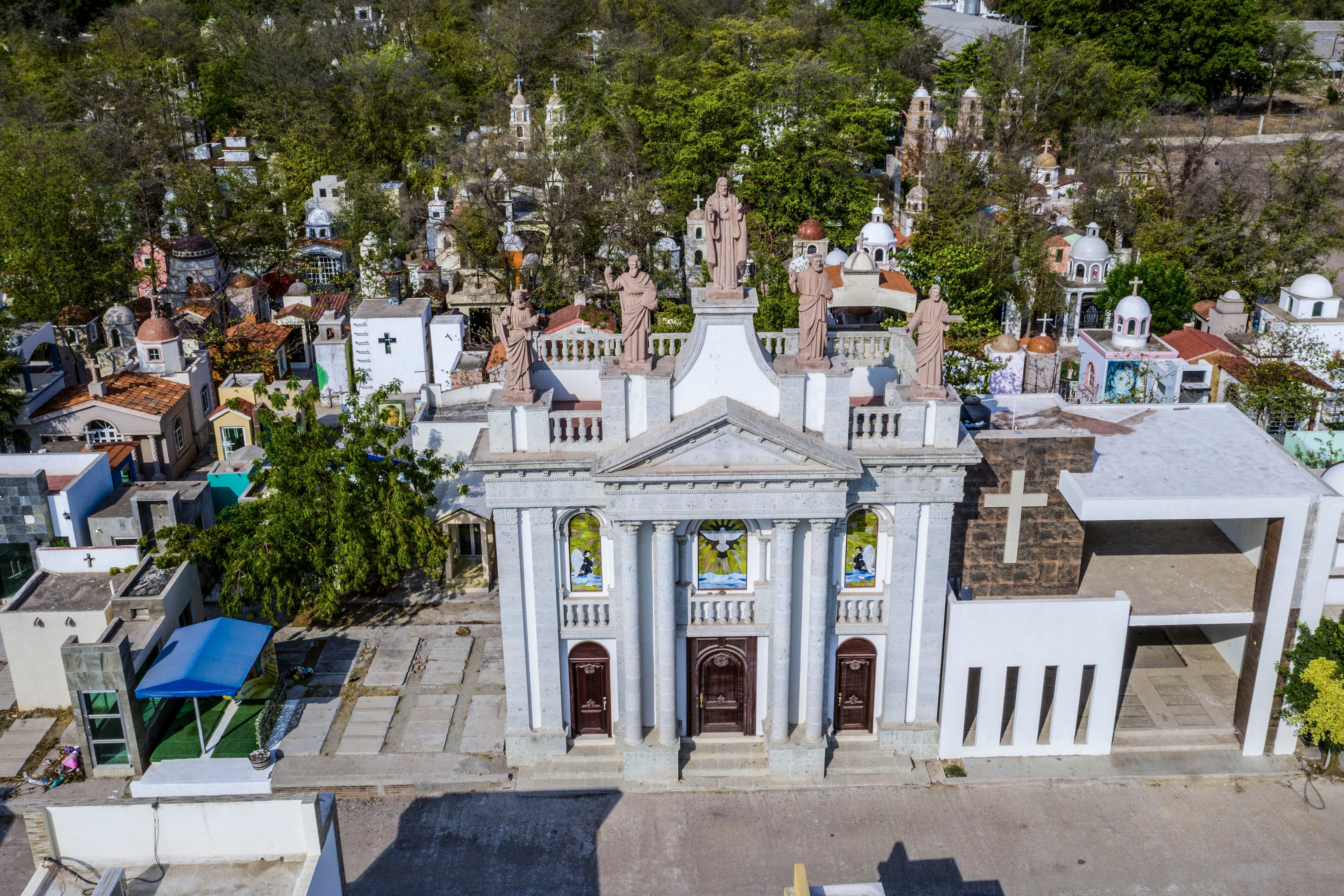Nestled in the mountains of Sinaloa, surrounded by mountains and hectares of crops, is the municipality of Badiraguato. Despite its small size and hosting a population of around 6,000 inhabitants, this place is known in Mexico like the cradle of drug traffickers.
READ ALSO: From South America to Australia: the power of the Jalisco New Generation Cartel, the most violent mafia in Mexico
Historically, their land has been used to grow marijuana and poppy, which was then used to produce heroin. In them, in addition, infamous characters have been born such as Joaquin ‘El Chapo’ GuzmanRafael Caro Quintero, Ernesto Fonseca Carrillo, Miguel Ángel Félix Gallardo, Ismael “El Mayo” Zambada or Arturo Beltrán Leyva.
All of them founders of the Guadalajara and Sinaloa cartels.
Various journalistic reports have given an account of the influence that the drug trafficking in this area, which belongs to the so-called Golden Triangle, which includes the states of Sinaloa, Durango and Chihuahua, and where Mexican drug trafficking organizations have had the greatest expansion.
A small example of this is that every time El Chapo was captured, the town suffered his arrest and, on the other hand, celebrated his scandalous escapes with joy, also adding that the Mexican and US authorities suspected that the drug trafficker found refuge in its dense hillsides.
Despite this influence, the new proposal that is heard in that area has not ceased to generate controversy and surprise: build a drug trafficking museum.
MUNICIPAL INITIATIVE
José Luis López Elenes, member of the ruling National Regeneration Movement (Morena) and mayor of Badiraguatopointed out during a recent interview that he did not rule out “that we may have the drug trafficking museum”.
“We are going to listen to the specialists from the museums so that they can guide us… If they guide us, it will be for the benefit of the municipality of Badiraguato to have the drug museum, because we also promote it from the government”, declared López Elenes regarding what he considers a way to get rid of the stigma that falls on the municipality and, incidentally, take advantage of it.
“We cannot deny our history, we have to recognize it and on that basis we are going to work”, added the burgomaster.
The morenista mayor of Badiraguato says that to end the stigma of the narco region, they are building a museum that could house the most illustrious drug lords of the Sierra Sinaloa.
Fight the image of the narco by extolling it?
Someone explain me
The investment is more than 15 million pesos pic.twitter.com/SEfhrN9kqr– Pablo César Espinoza (@pabloaltavoz) November 2, 2022
The museum proposal, which López Elenes has made an effort to ensure that a decision has not yet been made, would form part of a viewpoint oriented towards the characteristic mountains of the area. The latter is a public work that involved an investment of 750 thousand dollars and is expected to open on Christmas Eve, details an article by Univision.
López Elenes has not ruled out that part of the life of El Chapo Guzman. “If necessary, he will be there, there is no denying it, he is from Badiraguato, I don’t know anything else, everyone knows it”, he declared.
OPPOSITION TO THE PROPOSAL
One of the main voices opposed to the idea of López Elenes is the governor of SinaloaRubén Rocha Moya, who in May was in charge of laying the first stone of the viewpoint.
Through his Twitter account, the governor, who was also born in Badiraguatoexpressed his rejection of the possibility of creating a museum of drug trafficking there.
“I do not share at all, and emphatically reject, the idea of building a drug trafficking museum in Badiraguato. The municipality in which I was born is historically distinguished by its vocation for work, kindness and the loyalty of its people”, Rocha Moya wrote.
“These characteristic values prevail over any insidiousness that seeks to stigmatize this noble land.”, he added.
These characteristic values prevail over any insidiousness that seeks to stigmatize this noble land.
– Rubén Rocha Moya (@rochamoya_) November 3, 2022
ANOTHER CONTROVERSIAL PLACE
But the most incredible thing, probably, is that even if it materializes, the controversial idea of López Elenes would not be the first place of worship for drug trafficking within the state of Sinaloa.
A few kilometers from the capital, Culiacán, is the Jardines de Humaya cemetery, famous for some years for housing the remains of some of the best-known drug traffickers in Mexico, the same ones that are found inside ostentatious mausoleums.

In Jardines de Humaya you can find, for example, the tombs of Arturo Beltrán Leyva, Ignacio Coronel, Inés Calderón or Arturo Guzmán Loera, brother of El Chapo.
The price of these mausoleums, made of marble, gold and diamonds, and which can reach up to three stories high, rises to over a million dollars.
Such is the case of Loera’s tomb, valued at 1.2 million dollars. Another example is that of Beltrán Leyva, which cost about 650 thousand dollars.
Source: Elcomercio
I, Ronald Payne, am a journalist and author who dedicated his life to telling the stories that need to be said. I have over 7 years of experience as a reporter and editor, covering everything from politics to business to crime.

:quality(75)/cloudfront-us-east-1.images.arcpublishing.com/elcomercio/UIYCT3TSKJGWXL42CWYVBTUDQE.jpg)

:quality(75)/cloudfront-us-east-1.images.arcpublishing.com/elcomercio/IQK3H5NV2ZFBVLXRPNYBKIZQEY.jpg)
:quality(75)/cloudfront-us-east-1.images.arcpublishing.com/elcomercio/NBTZEVIVBBEKVBJS5SQMIW3QAA.jpg)
:quality(75)/cloudfront-us-east-1.images.arcpublishing.com/elcomercio/Q3KNXYR76VG5BF7XCQSP3FPU4M.jpg)
:quality(75)/cloudfront-us-east-1.images.arcpublishing.com/elcomercio/VTZWZGFIQJDUJLP2TQGRYIGOK4.jpg)
